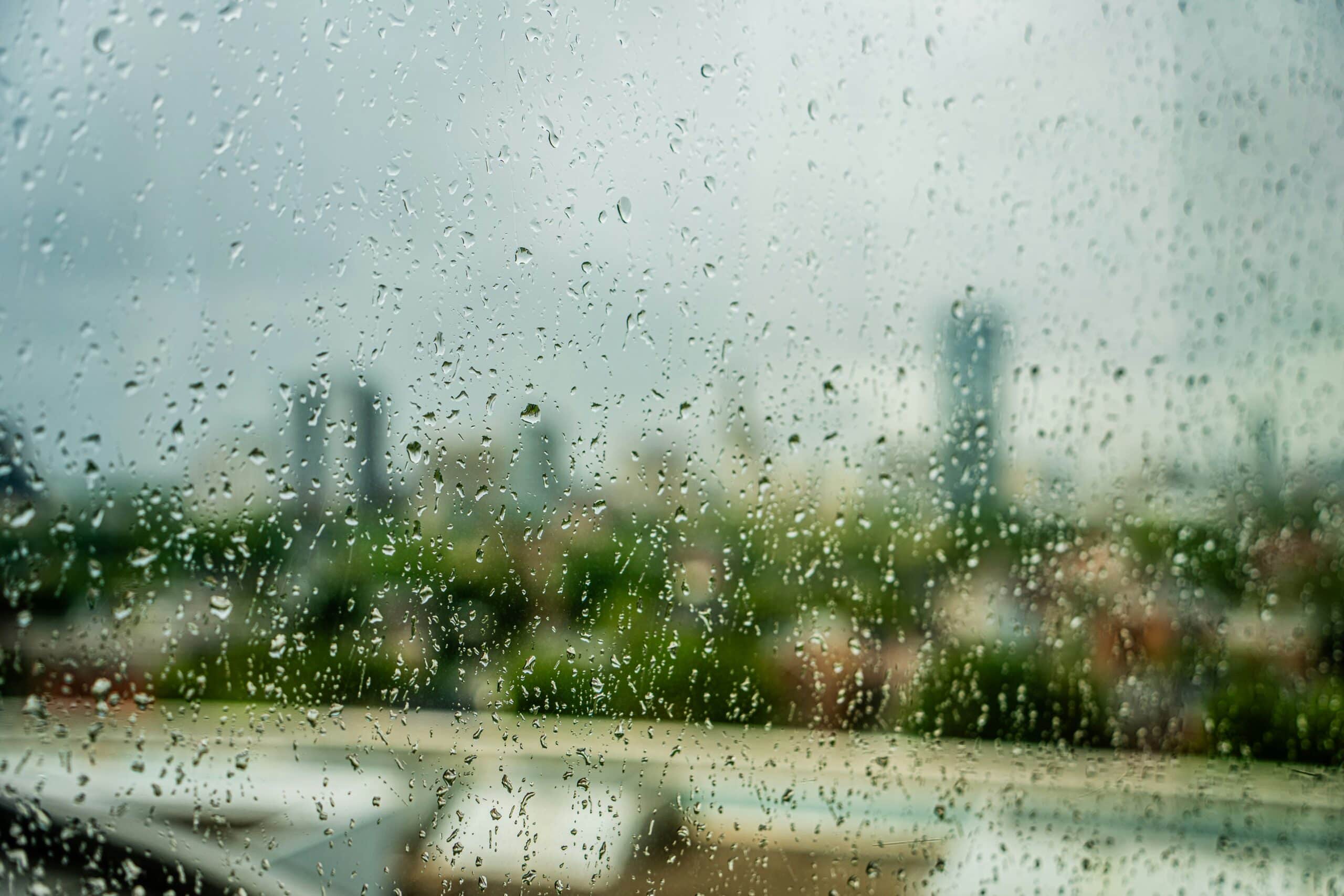Hello and welcome to South Korea! If you’re a native foreign language teacher, getting a handle on South Korea’s weather will make your teaching and daily life much easier. Our country boasts four vibrant seasons, each with its own flair and challenges. This guide breaks down the weather patterns, highlights unique climate features, notes recent weather trends, and shares practical tips to help you settle in and shine as an educator.
What Makes South Korea’s Weather Special
South Korea’s climate is shaped by its spot on the Korean Peninsula, nestled between the Yellow Sea and Sea of Japan. Here’s what defines it:
-
Four Vivid Seasons: Expect mild springs and autumns, steamy summers, and frosty winters, each bringing something new to experience.
-
Monsoon Season: Called “jangma,” the summer rainy season hits hard in July, delivering about 60% of our annual rainfall.
-
Regional Variations: Inland cities like Seoul see bigger temperature swings, while coastal areas like Busan enjoy milder winters.
-
Typhoon Risks: Late summer (August to September) can bring typhoons, especially in the south, with heavy rain and gusty winds.
-
Air Quality Issues: Spring often brings “yellow dust” from China, and winter can see fine dust spikes from urban heating.
Recent Weather Trends to Know
South Korea’s weather has been acting a bit unpredictable lately, and it’s a hot topic among locals. Here’s what’s been going on:
-
Spring Feeling Like Summer: Lately, spring—especially April—can feel like summer, with warm days hitting 25°C (77°F) or higher, likely tied to climate shifts.
-
Sharp Daily Temperature Swings: Spring and autumn often see big temperature jumps, like chilly 5°C (41°F) mornings warming to 20°C (68°F) by afternoon.
-
Extended Heatwaves: Summers are getting hotter, with sticky heatwaves lingering longer and cities like Seoul issuing heat alerts when temps top 33°C (91°F).
-
Unpredictable Rain: The monsoon season is less consistent, with sudden heavy showers popping up outside the usual rainy period, increasing flood risks in cities.
-
Milder but Snowier Winters: Winters are still cold, but some years bring milder temps with heavier snowfalls, especially in Gangwon-do, which can disrupt travel.
Spring (March to May)
Spring is full of blooming flowers and mild days, averaging 5°C (41°F) to 18°C (64°F), though recent warm spells can make it feel hotter. Cherry blossoms light up early April, perfect for outdoor fun.
-
Practical Tips:
-
What to Wear: Bring a light jacket, scarves, and layers to handle cool mornings and warmer afternoons. A mask is handy for yellow dust days.
-
Living Here: Check air quality with apps like AirKorea, especially if you’re sensitive to dust. Subways and buses are reliable during sudden weather changes.
-
Teaching Ideas: Take students to cherry blossom spots like Yeouido or Gyeongju for outdoor lessons, but have indoor plans ready for unexpected heat. Teach words like “blossom” or “breeze” to tie into spring.
-
Summer (June to August)
Summers are hot and humid, with temps from 22°C (72°F) to 30°C (86°F), often feeling worse during heatwaves. The jangma rains hit from late June to July, and typhoons can stir things up in late summer.
-
Practical Tips:
-
What to Wear: Opt for breathable clothes, a hat, and sunscreen. Keep an umbrella and waterproof shoes ready for sudden downpours.
-
Living Here: Stay hydrated and cool off in air-conditioned cafes or libraries. Monitor typhoon and heatwave alerts on K Weather or the Korea Meteorological Administration (KMA). Avoid low-lying areas during heavy rain to steer clear of floods.
-
Teaching Ideas: Plan indoor activities like museum trips or language games when it’s too wet or hot. Teach phrases like “humid” or “rainy season” to engage students.
-
Autumn (September to November)
Autumn brings crisp air and colorful foliage, with temps from 10°C (50°F) to 20°C (68°F). It’s a favorite for its clear skies and lower humidity, though daily temp swings can surprise you.
-
Practical Tips:
-
What to Wear: Pack a light coat, sweaters, and comfy shoes for hiking or walking. Layers are key for changing temps.
-
Living Here: Autumn is great for exploring markets or joining festivals like Chuseok, our harvest holiday. Public parks offer budget-friendly outings.
-
Teaching Ideas: Plan hiking trips to Seoraksan or Bukhansan to see fall colors. Use themes like “harvest” or “foliage” in class to connect with students.
-
Winter (December to February)
Winters are cold and dry, with temps often dropping to -5°C (23°F) or lower in January. Snow’s common, especially up north, and heavy snowfalls can pop up unexpectedly.
-
Practical Tips:
-
What to Wear: Get a warm coat, thermal layers, gloves, scarves, and boots. Hand warmers from convenience stores are a lifesaver.
-
Living Here: Check air quality for fine dust, especially in cities. Stay warm with apartment heated floors (ondol), and visit jjimjilbang bathhouses for a cozy, affordable escape. Watch snow forecasts to avoid travel issues.
-
Teaching Ideas: Focus on indoor lessons like holiday-themed activities or storytelling. Words like “snowflake” or “frost” can make classes fun.
-
Everyday Tools for Staying Ready
-
Weather Apps: Use AccuWeather, K Weather, or Naver Weather for real-time updates on temps, rain, and air quality.
-
Air Quality Checks: Apps like AirKorea or IQAir help track yellow dust and fine dust, especially in spring and winter.
-
Emergency Prep: Bookmark the KMA site (www.weather.go.kr) for alerts on typhoons, heatwaves, or heavy snow. Know your local evacuation routes just in case.
-
Getting Around: Subways and buses are reliable in bad weather. KakaoMap or Naver Map make navigation easy.
-
Health Needs: Pharmacies (yaksuk) are everywhere for cold or allergy meds. Keep your Alien Registration Card handy for doctor visits.
Classroom Tips for Teachers
-
Weave in Weather: Use weather-related vocab, idioms, or cultural discussions about monsoon traditions or winter holidays to keep lessons lively. Chat about trends like warm springs to get students talking.
-
Stay Flexible: Weather can shift fast, especially during rainy, stormy, or snowy times, so always have indoor backups for outdoor plans.
-
Connect with Students: Share your adventures adapting to Korea’s weather—crazy temp swings and all—to build rapport. Ask students to describe their favorite seasons in English.
South Korea’s dynamic climate, with its bold seasons, unique patterns, and recent surprises, offers countless ways to explore and bond with your students. With these tips and tools, you’ll be ready to tackle any weather while making the most of your teaching journey. Here’s to thriving in South Korea!



